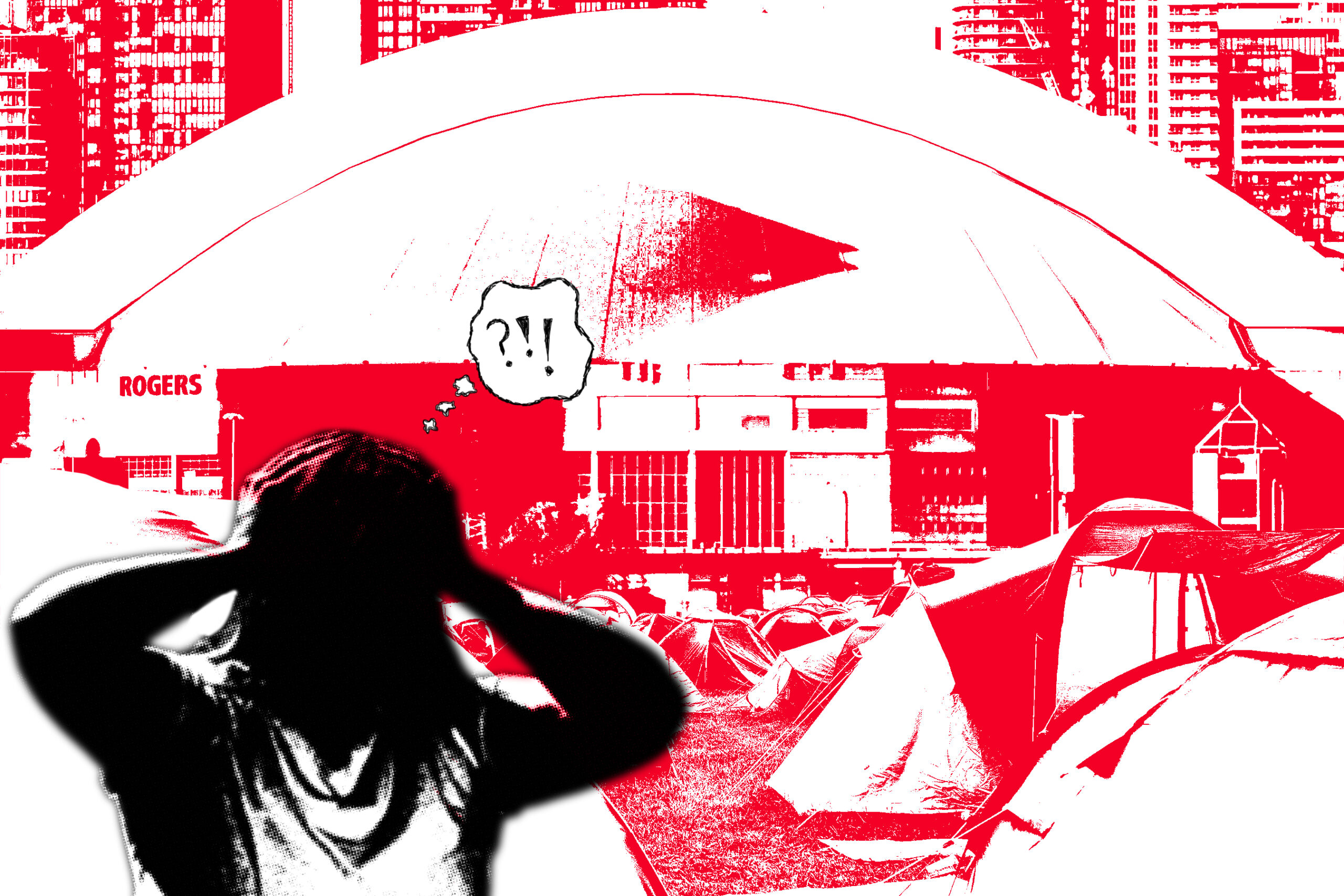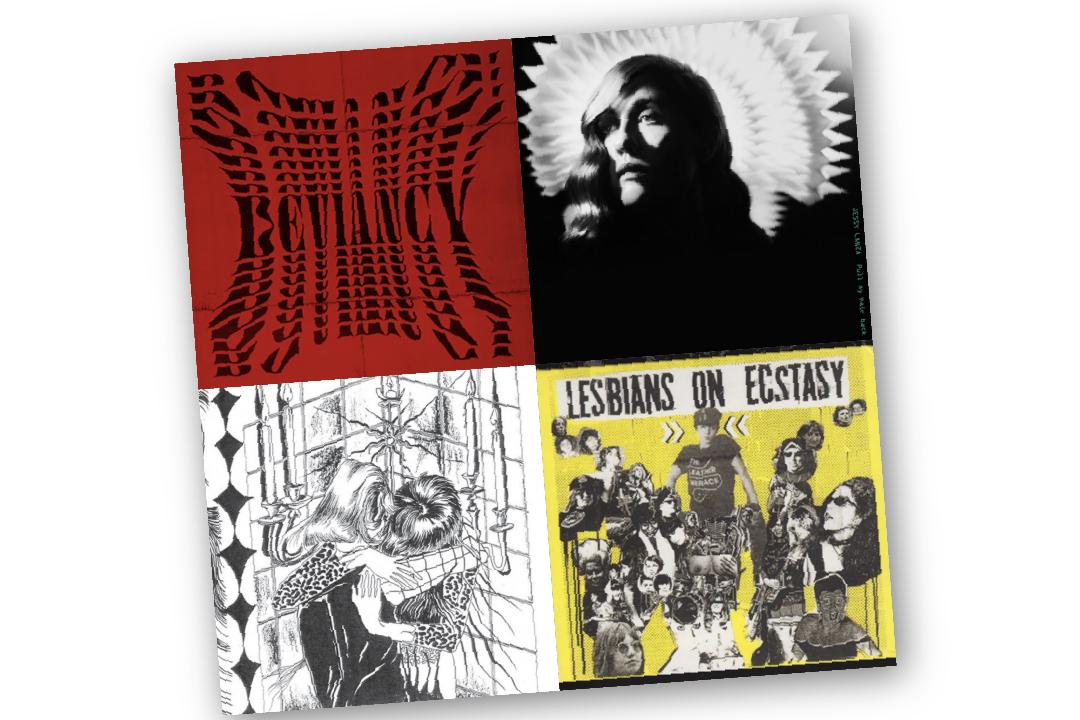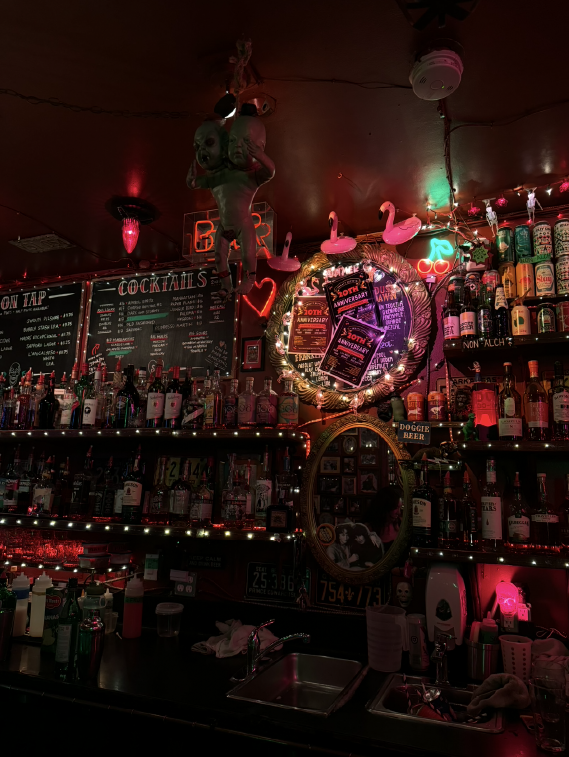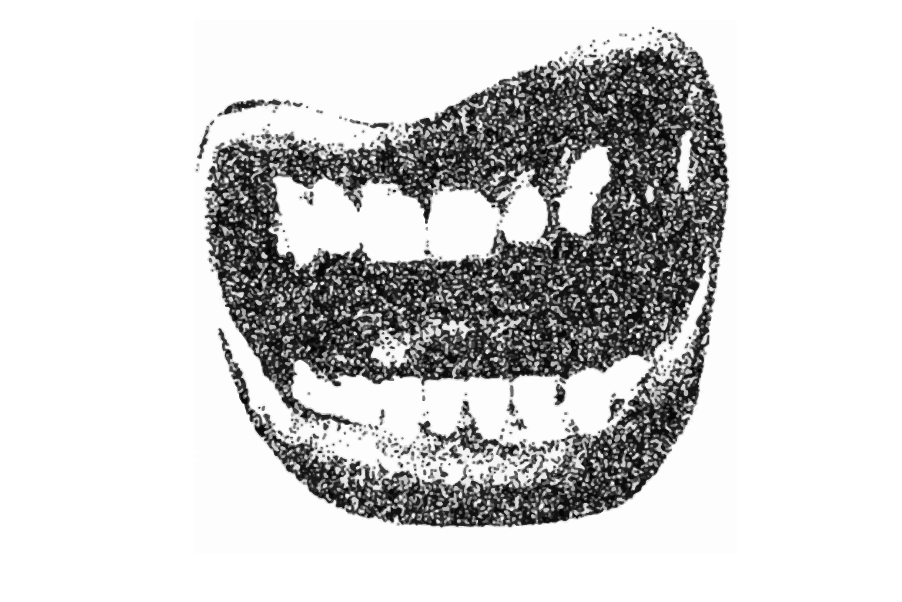A review of Louise Noguchi’s multidisciplinary masterpieces that explore identity, perception and the power of the unseen

By Kaitlin Pao
On Jan. 18, lines trailed and circled the halls of the Art Gallery of Ontario (AGO), introducing a new exhibit featuring the “Selected Works” of Japanese-Canadian artist Louise Noguchi. Located on the gallery’s second floor, the exhibit showcases three captivating pieces produced between 1986 and 2000, incorporating striking video and sculpture installations.
Noguchi has been part of the art scene for over five decades, demonstrating her expansive knowledge of craft. Her work deals with concepts of identity, realism and perception, urging visitors to reflect on the awareness, presence and significance of “the self” in their own lives.
Upon entering the exhibit, you’re lured in by wind-whistling sounds of tranquillity paired with the contrasting echoes of a mother’s worried gasp, introducing you to the first of three works: a three-minute looping video titled “Crack” (2000).

There’s a lot to be said about this piece in particular. It begins with a video clip reminiscent of VHS, edited to a slow-motion pace. With drowned-out eerie sounds of wind and chirping, the camera pans along the wing-span of Noguchi eventually passing her face. The slowed camera movements resemble an exterior point of view: a set of eyes watching every movement, perceiving, and interpreting Noguchi.
As the key figure, Noguchi is seen wearing a traditional black haori and holding white chrysanthemums and lilies. The haori and chrysanthemums stand here as a representation of Japanese culture and history.
The haori is a traditional loose-fitting jacket that is usually worn over a kimono and was historically worn by samurai, while the chrysanthemums act as a representation of the royal family of Japan, as the flower is their official symbol.
The flowers move and swirl with the rhythm of the wind exuding this sense of predictability and comfort. That is, until a rushing loud slash of a whip is heard and the flowers are torn apart, ripping away at the gorgeous petals and destroying the essence of solace that viewers had come to know.

This violent demonstration presents a duality between peace and destruction. Beauty is subjected to violence and pain unsuspectingly. With its cultural ties, “Crack” speaks to the Japanese people’s historical subjection to pain and violence while also illuminating the part they’ve played in subjecting others, such as Hong Kong, to this same pain.
A similar idea can also be found in some of Noguchi’s earlier work. Her website describes her work as follows: “My work is a battleground of opposites. The artist as hunter and prey simultaneously.” Her piece “Hunters They Can Kill” from “The Hunt” series, acts as a demonstration of testing societal glorification, in this case, of the artist.
Noguchi brings attention to the fact that the “artist” is not always noble or heroic, but also somebody to be wary of. Through their work, they can possess a power that if not done with consideration and responsibility, can encourage hurt and reopen societal wounds. Just like “Hunters, They Can Kill,” “Crack” showcases the circle of pain subjected between cultures interchanging between the hunters and prey themselves.

Another thought-provoking piece featured in this exhibit is “Eden” (1990-1991). At a mere glance, this piece is very simple. It features an installed convex mirror that is completely frosted, limiting the mirror’s ability to reflect its surroundings.
The only part of the mirror that remains clear is the word “Eden,” allowing light to project this word onto the viewer and the floor beneath them.
Noguchi masterfully plays with perception and self-awareness in this piece. As one stands before the mirror, they are unable to see their reflection. They are effectively erased from the scene, existing as an unseen presence. Only by stepping away can they glimpse their own reflection, but at a distance, as though they are observers rather than participants. This element of detachment speaks to the feeling of being an outsider, of existing on the periphery of society, unseen or overlooked.
There is an ethereal, almost ghostly quality to “Eden,” which recalls Noguchi’s earlier works such as “Dissolving Thought From a Camera Obscura” (1981). It creates a space in which the world appears normal yet fundamentally altered, evoking a dreamlike or otherworldly sensation. More profoundly, it alludes to the experiences of those who exist outside the dominant cultural narrative — those who watch, interpret and understand, yet are rarely acknowledged in return.

The projection of “Eden” onto the viewer and the floor suggests a symbolic arrival at paradise — but not in the traditional sense. Here, Eden is not a prosperous, welcoming garden, but rather a state of being outside the gaze of others, free from judgment, expectation or social constraints. Noguchi challenges the notion that visibility equates to existence. Instead, she posits that true fulfillment may lie in embracing the role of the observer, in finding peace within oneself rather than through external validation.
This theme of external perception and self-awareness is echoed in “Fruits of Belief: The Ground Landscape” (1986), a three-piece sculptural installation that, when viewed collectively, mimics the structure of a projected film. Each component carries a distinct symbolic weight, working together to construct a broader commentary on human vulnerability, fear and the search for meaning.

The first element, “Cornucopia,” resembles a well with rough, uneven bricks held together by a thick, messy paste. It conveys a sense of instability and unease, as though one is on the verge of being pulled downward into an unknown void. The precarious structure and unsettling depth evoke a fear of losing control, of succumbing to forces beyond one’s grasp.
The second component, a partially exposed head or brain, appears fleshy and raw. With a bloody, oozing texture on one side and a flat, invisible shadow on the other, it presents a stark contrast between what is revealed and what remains hidden. This could be interpreted as a commentary on the mental strain and corruption of contemporary existence — the constant overexertion, anxiety and emotional fatigue that remain partially obscured from public view.

In contrast, the third element, a tranquil painting of humans and animals coexisting in harmony, offers a glimpse into an idealized “natural state.” Painted on wood panels, the piece embodies a return to nature, a world untainted by the struggles of modernity. The stylistic choices, reminiscent of vintage film, reinforce the notion of nostalgia — a longing for a past and fear of the future.

Through the interplay of sculpture, video and installation, Noguchi forces viewers to confront their own perceptions of identity, power and cultural memory. Each piece invites a different form of engagement, urging visitors to step into the role of both observer and observed.
By the time one leaves the exhibit, there is a lingering sense of unease — a feeling that something fundamental has shifted in the way one perceives the self and the world. This is the power of Noguchi’s work: it refuses to offer easy answers and instead challenges us to sit with discomfort, to reflect and perhaps, to see ourselves anew.






Leave a Reply